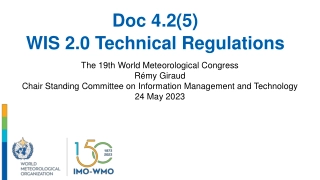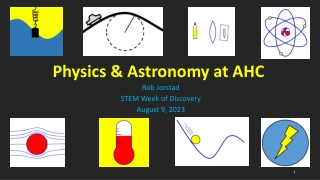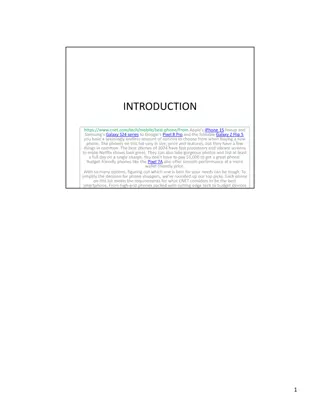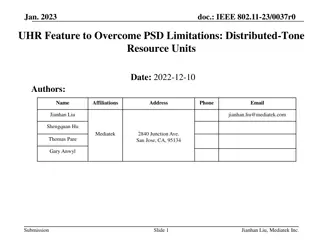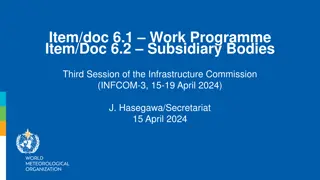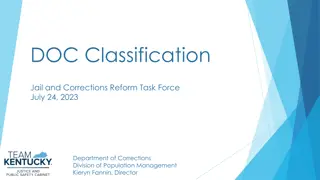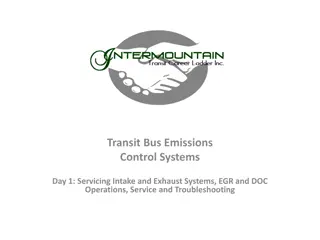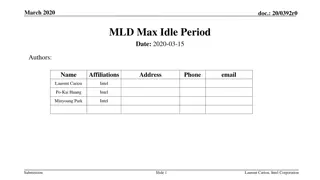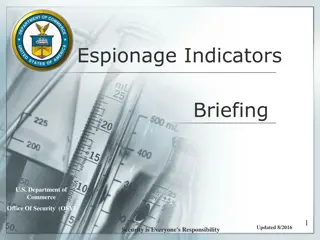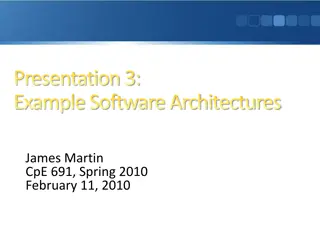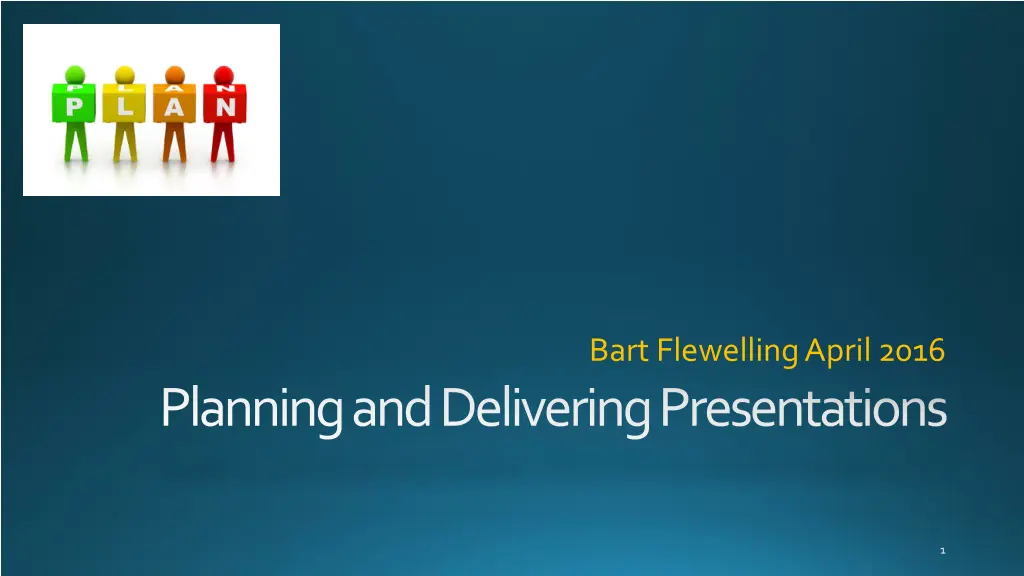
Effective Presentation Strategies
Learn how to plan and deliver effective presentations by understanding your message, audience, and best practices. Discover tips for creating engaging content and delivering with confidence.
Download Presentation

Please find below an Image/Link to download the presentation.
The content on the website is provided AS IS for your information and personal use only. It may not be sold, licensed, or shared on other websites without obtaining consent from the author. If you encounter any issues during the download, it is possible that the publisher has removed the file from their server.
You are allowed to download the files provided on this website for personal or commercial use, subject to the condition that they are used lawfully. All files are the property of their respective owners.
The content on the website is provided AS IS for your information and personal use only. It may not be sold, licensed, or shared on other websites without obtaining consent from the author.
E N D
Presentation Transcript
Bart Flewelling April 2016 Planning and Delivering Presentations 1
Summary Objective: How to Put Together and Deliver an Effective Presentation Understanding Your Message Understanding Your Audience Combining Message with Audience Effectively Presentation Delivery Best Practices Common Pitfalls Questions 2
Understanding Your Message Who is contributing to your message? Stakeholders your teacher, your boss, your peers Customers your audience Presentations lost in translation Credibility Can you boil down your message into one sentence? Can you create a max of 3 bullet points outlining your objectives? Do you have passion, or at least some strong feelings, about your topic? Technical or specialized information Calibrated to the audience Presented in the most simple manner possible 3
Understanding Your Audience Think of your Audience as your Customer You have a message and an objective, but they may not understand it or share it if you do not focus on them and their needs The Audience are also Collaborators In your anticipating their needs and validating them, they dictate the course of the presentation Who is in the Audience and who is important? Decision makers whom you might be trying to persuade Members who need to learn something from you and apply it 4
Putting It Together All presentations must at least be interesting! The Why why should the audience care about your message? Getting the audience s attention A Story, Demonstration, or Visual Aid A Joke, or a Shocking Statement Storyline Approach Current State and Future State Call to Action Visual Aid Best Practices Avoid Distraction, Practice and Simplify PowerPoint, the Deck 5
Delivery Best Practices Overview Preview, View, Review Tell them what you are going to tell them Tell them Tell them what you told them Time: 60/40 guideline S.O.F.T.E.N Nerves Questions from the Audience 6
S.O.F.T.E.N. Model S: SMILE! Be genuine and SMILE! Your audience will naturally light up, smile back, and feel connected to you! O: OPEN Open body posture, gestures, and positions are welcoming and inviting. Avoid crossing arms or legs as your audience interprets these as signs of disinterest, disagreement, or distress. F: FORWARD Forward body positions show interest because we move closer when we are interested or attracte Avoid moving away or keeping distance from your audience it shows we are not interested in them T: TOUCH Touch in a social environment has a wide acceptance range, as in business, a handshake or high-five E: EYES EYES are the focal point of interest and the key indicators of mood, trustworthiness, and non-verbal body language N: NOD Nodding the head up and down means YES, acceptance, politeness, or respect in many cultures S-O-F-T-E-N your approach and you will enjoy more YES!! from others! 7
Common Pitfalls and Solutions Nerves Deep breathing exercises Don t add, simplify! Practice! Audience Issues Questions from the audience Bored or distracted audience, other interruptions Technical problems Time there is never enough of it 8
Review Understand your message Build credibility by being a subject matter expert Make it easy on yourself SimplifyYour Message SimplifyYour Presentation Calibrate the message to your audience Anticipate their needs and validate them Get feedback, anticipate questions Practice, prepare! Take pitfalls in stride 9

